Carbon nanotube products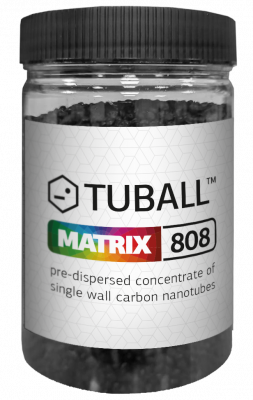


Verpackung
Weithalsdose 0,6 l (bis 250 g)
Weitere Verpackungsgrößen sind auf Kundenanfrage erhältlich
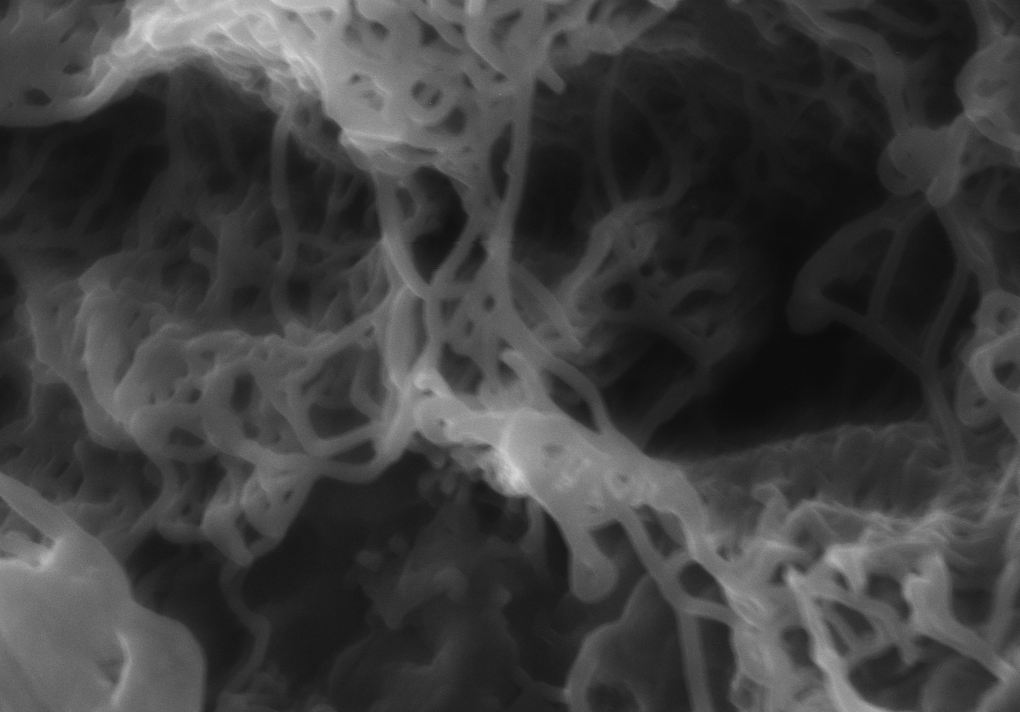
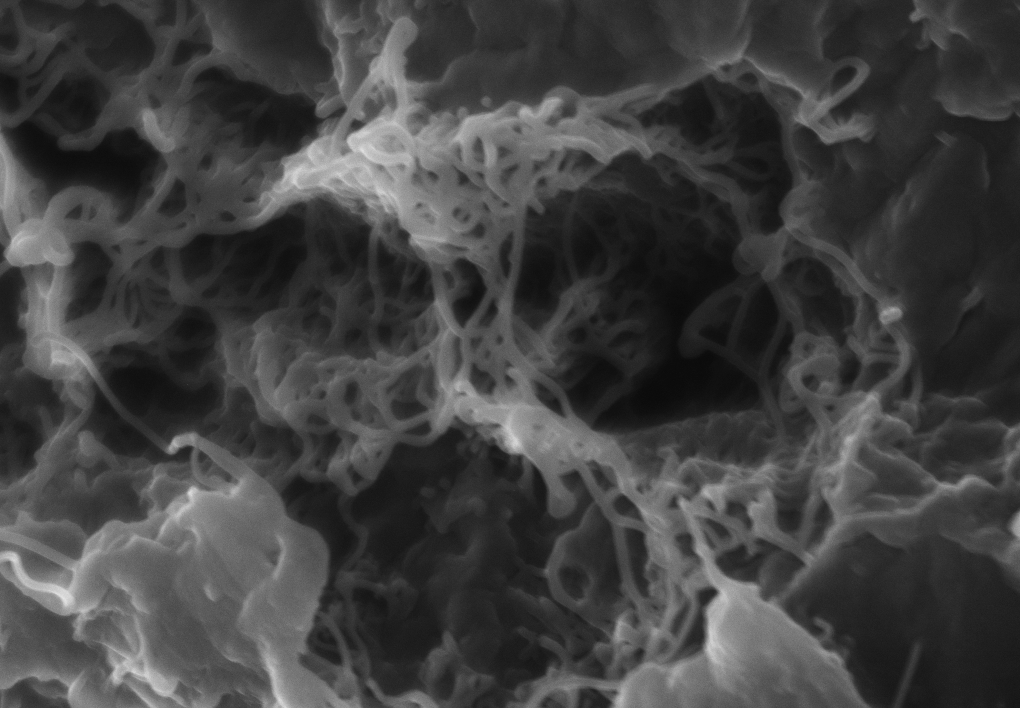
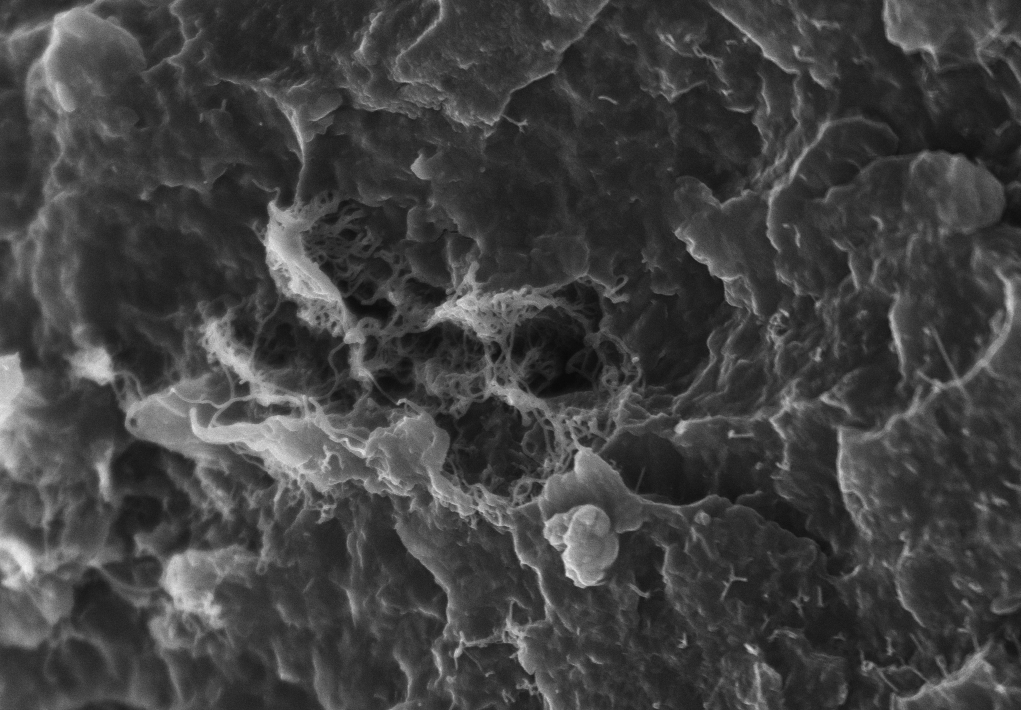
Universelles elektrisch leitfähiges Additiv zur Herstellung von Compounds aus thermoplastischem Polyurethan (TPU), gefüllten Polyphenylensulfid (PPS), Acrylnitril-Butadien-Styrol (ABS), Polycarbonat (PC), ABS-PC, Polyamid (PA) und glasfaserverstärktem Polyamid (GF PA).
Werkstoffsystem
Thermoplastisches Polyurethan (TPU), gefüllte Polyphenylensulfid (PPS), Acrylnitril-Butadien-Styrol (ABS), Polycarbonat (PC), ABS-PC, Polyamid (PA), glasfaserverstärktes Polyamid (GF PA)
Arbeitsdosierung
0.5–5 Gew.%
Trägerkonzentrat
Polyolester
Form
Granulat
Benefits
Elektrische Leitfähigkeit
Gewährleistet konstante und gleichmäßige elektrische Leitfähigkeit bei niedriger Arbeitsdosierung
Mechanische Eigenschaften
Erhält die wichtigsten mechanischen Eigenschaften des Ausgangsmaterial
Konstante Eigenschaften
Spezifischer Widerstand ist unabhängig von der Luftfeuchtigkeit
Weniger Ausschuss
Trägt zur Reduzierung von abgelehnten Fertigteilen bei
Anwendungsbeispiele
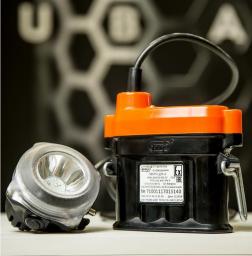
Signallampen
Klicken Sie, um Anwendungsfall anzusehen
Unterlagen
Erhältlich in Sprachen:
English
TUBALL MATRIX 808 ABS PROCESSING GUIDELINES ENG V04.PDF
PDF204.8 kB
TUBALL MATRIX 808 GF PA6 PA6.6 PROCESSING GUIDE ENG V04.PDF
PDF204.8 kB
TDS TUBALL MATRIX 808 ENG V11.PDF
PDF102.4 kB
Video
How to grant conductivity to glass fiber reinforced polyamide: compounding guide